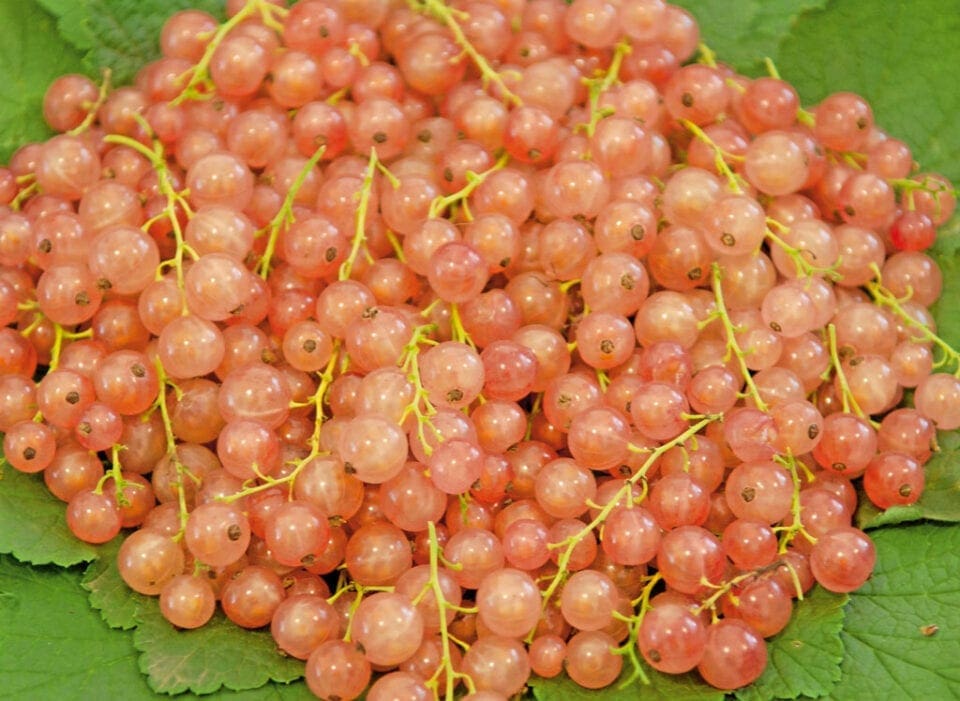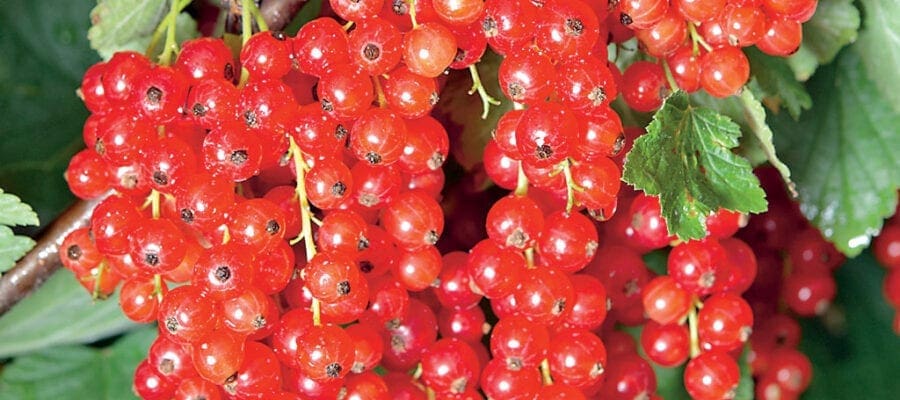Red, white and blackcurrants might be small, but they are extremely tasty and packed with health-promoting vitamins and antioxidants.
They are simple to grow, thrive in all parts of the UK and require very little attention, although if given just a basic level of care will repay you with bumper crops year after year.
Pruning is simple; however, there are a few differences that you need to be aware of before tackling them with the secateurs.
Red and white currants can be trained into various forms, such as cordons (usually single, straight stems planted against a wall or fence). They can also be trained into fans and espaliers (branches growing straight out from a main stem).
Standards (plants grown on a single stem) offer a good way to grow red, white and pink currants in pots. Blackcurrants are generally grown only as bushes.
All are self-fertile, meaning you could grow just one plant if you wanted and it will still bear fruit. Blackcurrants are happier in the soil.
Currant Varieties
There are a number of pests and diseases which can shorten the life of currants and so it pays to look for modern varieties that are resistant to them.
- ‘Ben Hope’ (blackcurrant)
Resistant to big bud mite – tiny creatures which cause the buds to swell and also spread reversion virus. - ‘Rovada’ (redcurrant)
Heavy yielding maincrop red currant, producing long strigs of berries. - ‘White Versailles’
A vigorous, heavy cropping white currant. Freely available.
The jostaberry is a cross between a blackcurrant and gooseberry and is resistant to many of the problems to which blackcurrants are prone. The berries are black, larger than those of the blackcurrant, and bushes very high yielding. Pruning is carried out in the same way as for blackcurrants.

Planting & Growing Currants
Like most fruits, currants need a free-draining but moisture-retentive soil in a position that gets some sunshine. However, red and white currants are happy to grow in partial shade and cooler conditions and are suitable therefore for north-facing walls and gardens where few other fruits will thrive.
Blackcurrants will crop better in a sunny spot. In both cases dig in plenty of well-rotted organic matter prior to planting and each year in spring give plants a feed with sulphate of potash at the rate of 50g per sq m (2oz per sq yd), before topping up the mulch again.
Pruning currants
Red and white currants usually grow on a single short stem, although stool type plants (where shoots emerge from below ground level with no main stem) are common.
Pruning takes place in winter from November to March when the bushes are dormant and again during the summer. In winter the new main shoots produced during the last growing season are cut back by half and the side shoots to about 5cm (2in). At the same time any diseased or badly angled or crossing shoots are cut out completely.
In late June/July, all the side shoots are cut back to four or five leaves from the base. Cordons are easy to prune; cut back the leading shoot to one bud above last season’s growth in late winter and trim all the side shoots back to four or five leaves in summer as above.
In the case of blackcurrants which grow as a stool, these too can be pruned in winter, but it is easier to cut out about a quarter of the oldest shoots completely at harvest time or just afterwards. Diseased and weak shoots can be taken out too. In this way no shoot remains which is more than four years old.
Scrumptious recipes for your currants
More grow guides
For more growing tips and guides, you should subscribe to Kitchen Garden – you’ll receive free seeds with every single issue too!





